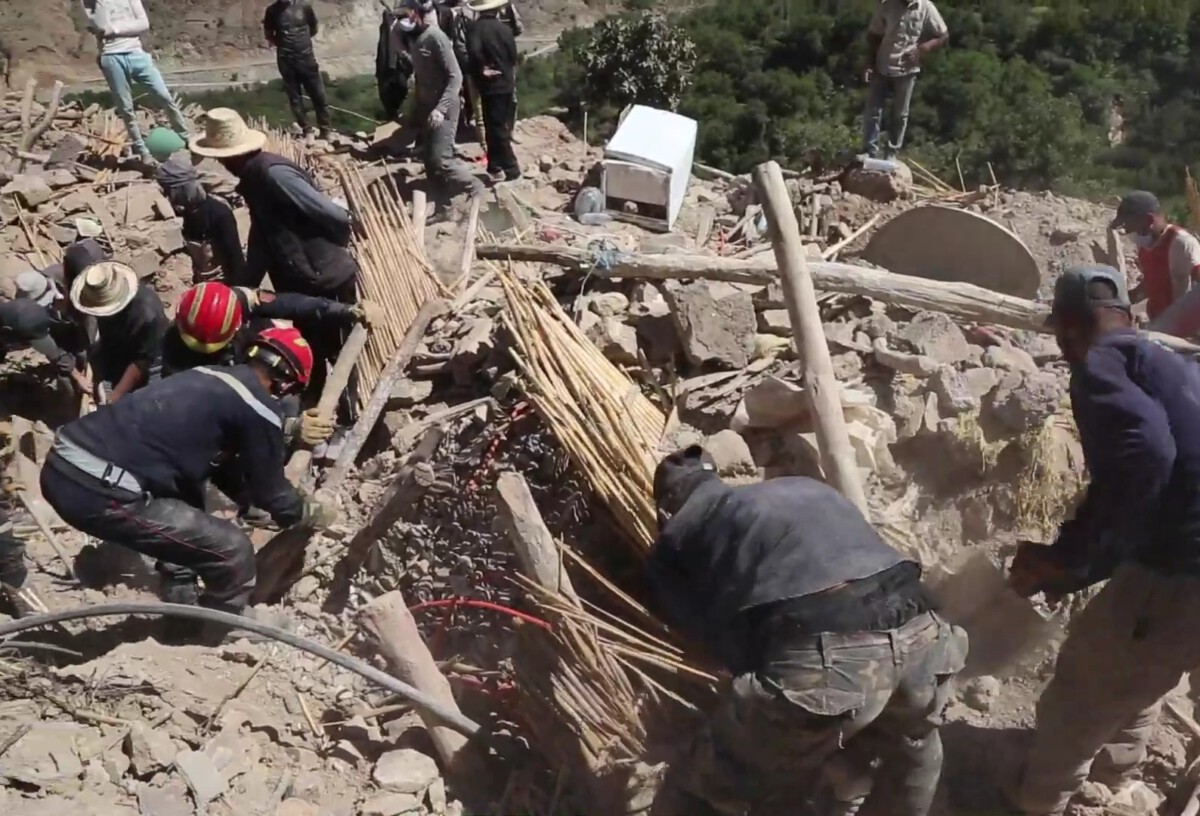The Day That Shook Morris County
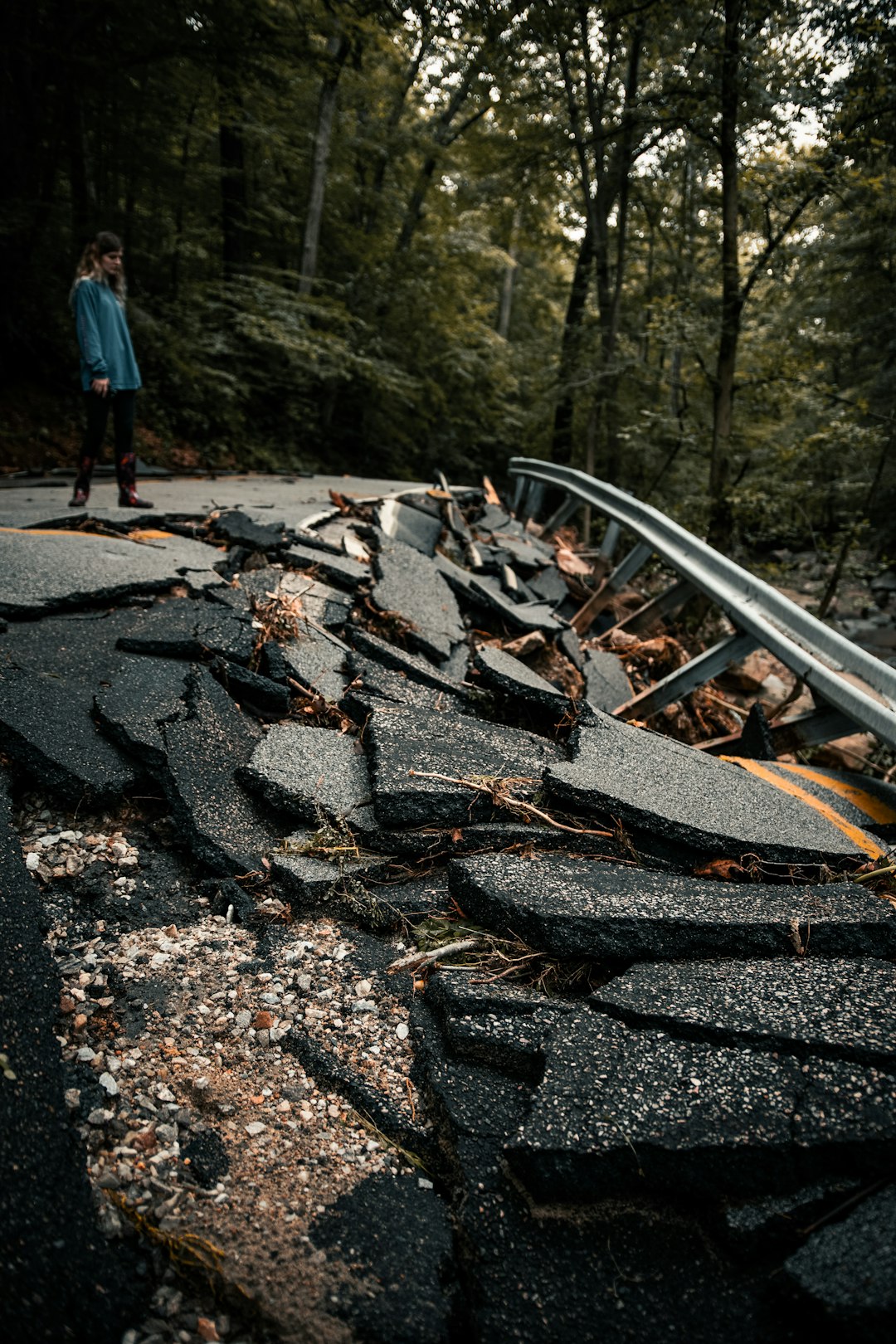
Picture waking up to your house trembling at dawn, only to have it happen five more times before you go to bed. That’s exactly what residents of Morris County, New Jersey experienced on July 21, 2025, when an unprecedented earthquake swarm struck the peaceful suburban landscape. The U.S. Geological Survey confirms six minor earthquakes on Monday, turning what should have been an ordinary summer day into something residents won’t soon forget.
Morris County, New Jersey experienced a sequence of seven shallow earthquakes over an 18-hour period on July 21, 2025, with magnitudes ranging from M0.7 to M2.0 and all events occurring at a depth of approximately 5 km (3 miles). The relentless shaking left many wondering if their quiet corner of New Jersey had suddenly become as seismically active as California.
When the Ground Wouldn’t Stay Still
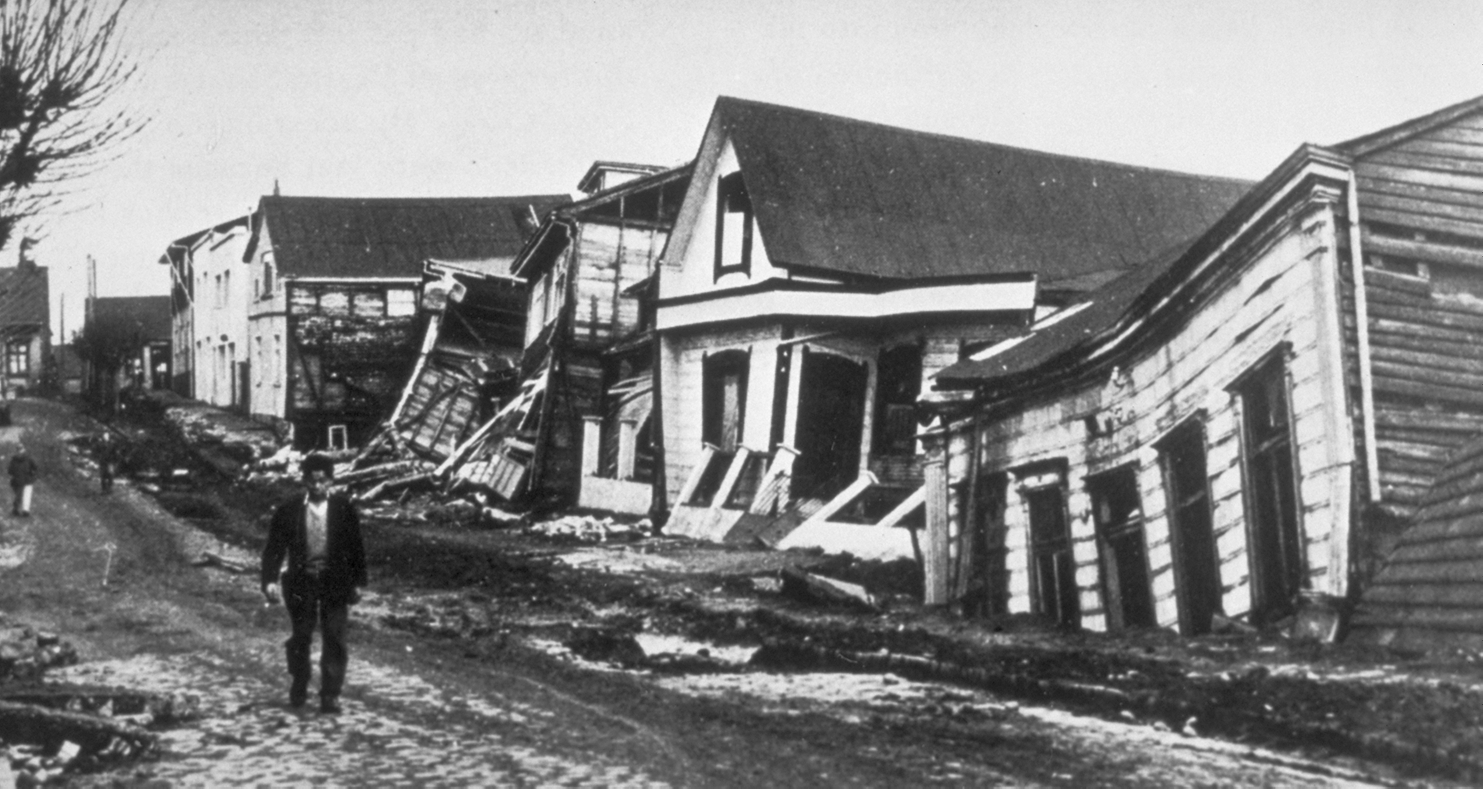
The first event, a M1.6 earthquake, struck at 05:40 EDT (09:40 UTC) at a depth of 5 km (3 miles), jolting early risers awake in what would become a marathon day of tremors. The earthquake was centered near Morris Plains with a magnitude 1.6, but this was just the beginning of an extraordinary geological event.
Over the next 18 hours, six additional tremors were recorded, creating what scientists call an earthquake swarm. The strongest event occurred at 21:00 EDT (01:00 UTC on July 22), measuring M2.0 and located approximately 3 km (1.8 miles) southeast of Randolph. The final quake of the sequence, a M1.1, occurred at 23:25 EDT (03:25 UTC), 4 km (2.5 miles) southeast of Randolph.
Residents Report Startling Sounds and Sensations
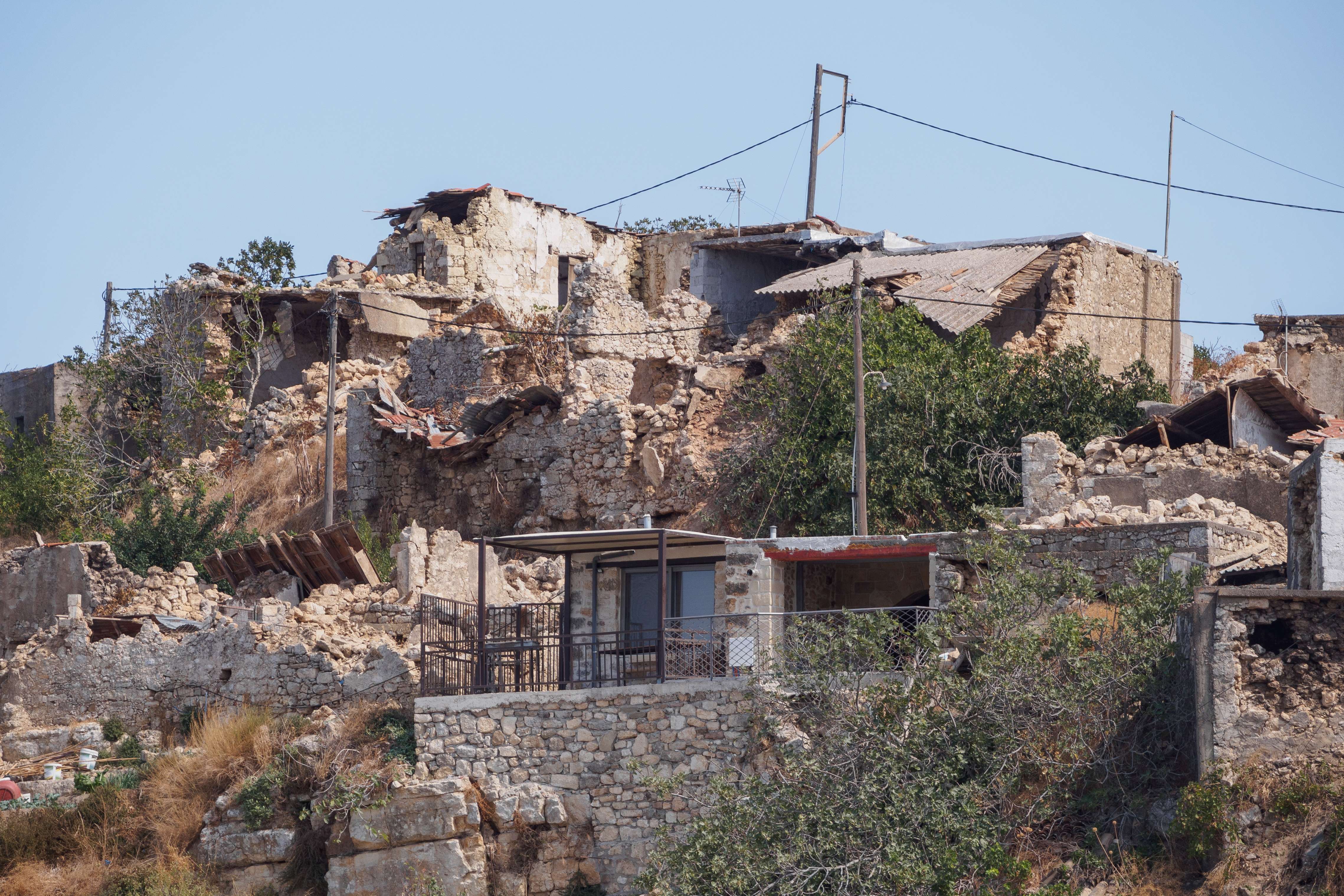
Residents reported loud booms and felt light shaking in homes, with several 911 calls placed to local emergency services. The psychological impact was immediate and unsettling for a region where earthquakes are relatively rare. The seismic swarm rattled residents, who reported loud booms, trembling furniture, creating an atmosphere of uncertainty that persisted throughout the day.
What made this event particularly nerve-wracking wasn’t just the shaking itself, but the unpredictability. Feeling the earth shake—no matter how briefly—can trigger a deep sense of vulnerability. For residents unaccustomed to seismic activity, each jolt is not just a physical disturbance, but a psychological one. Even pets picked up on the unusual activity, with dogs often sense earthquakes before humans do. Their reactions—barking, pacing, hiding—often add to the sense of unease, reinforcing to owners that something is indeed happening.
Emergency Response and Safety Concerns

Despite the unusual nature of the earthquake swarm, The Morris County Office of Emergency Management confirmed there were no reports of injuries or structural damage. Local officials moved quickly to reassure residents and coordinate with state authorities. Randolph Mayor Joe Hathaway said in a statement. “We want to reassure our residents that no damage to infrastructure or property, or bodily injury has been reported as a result of these tremors. We are in touch with the State of New Jersey on the situation and will continue to prioritize the safety and well-being of the Randolph community.”
The quick response from the Morris County OEM highlights the importance of local readiness in managing natural events. Even though the quakes were minor, the frequency and concentration within such a short timeframe required careful monitoring and public communication.
The Science Behind the Swarm
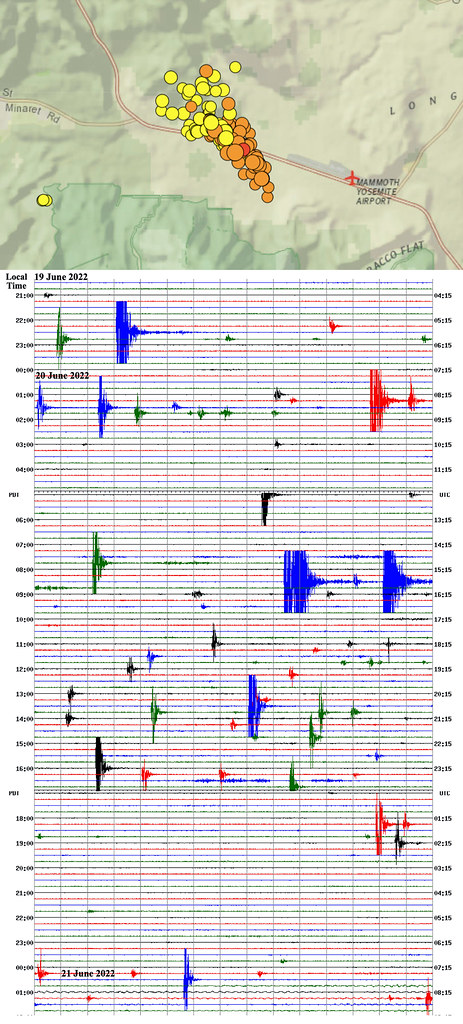
All events were recorded at depths close to 5 km (3 miles), according to the United States Geological Survey (USGS). This shallow depth is significant because it makes the earthquakes more likely to be felt by residents, even at relatively low magnitudes. Swarm sequences like the one observed in Morris County often occur due to minor adjustments in the Earth’s crust. These tremors can be triggered by stress buildup and release along fault lines or from changes in underground water pressure.
The affected area lies near the Ramapo Fault system, which extends from Pennsylvania to New York and was formed by the break-up of the supercontinent Pangaea during the Late Triassic. This ancient fault system occasionally produces seismic activity, though events of this frequency are uncommon for the region.
How Far the Tremors Traveled
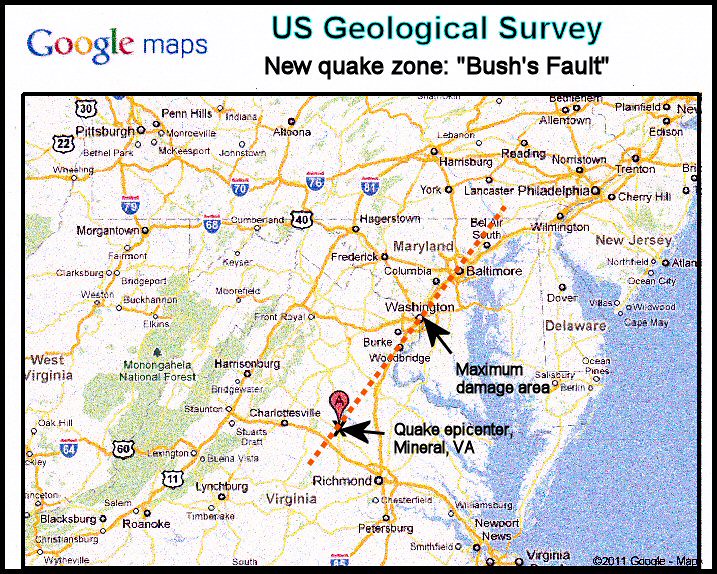
What surprised many was how widely these relatively small earthquakes were felt. Reports came from as far away as Cockeysville, Md., a Baltimore suburb where one person said its effects were felt — roughly 150 miles from its reported epicenter in North Jersey. A majority of reports came from Randolph, Morris County, several miles from the tremor’s epicenter, where “weak” shaking was reported, according to USGS.
Earthquakes in this part of the country tend to be felt more broadly than those in the West due to the denser, older crust of the eastern United States. This makes even minor quakes noticeable across wider areas, increasing the number of reports and sometimes causing unwarranted fear among the public. By midday, USGS had received more than 30 reports from people claiming to have felt shaking.
Comparing to Recent New Jersey Earthquakes
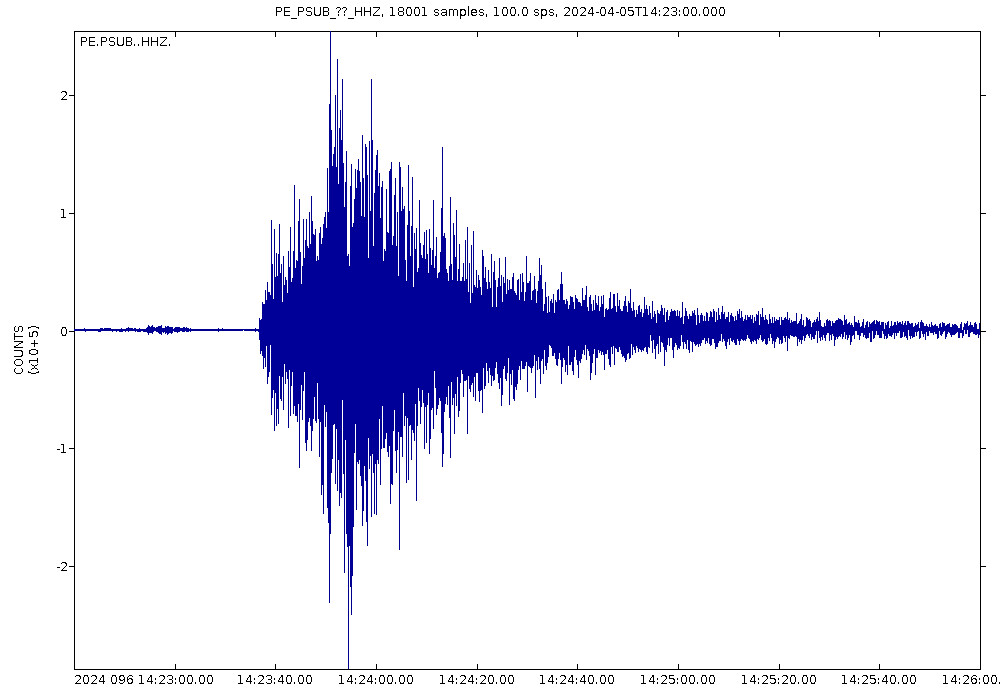
Monday was not the first noticeable earthquake North Jersey residents experienced this year. In January, a 2.4 magnitude quake rattled the region, and was reported in areas as far away as Norristown, the geological survey reported. However, this swarm was different in its concentrated nature and frequency.
Monday’s earthquake, while reported to USGS by dozens of people, pales in comparison to the 4.8 magnitude earthquake that hit Central Jersey in April 2024. On the geological survey’s scale, each order of magnitude represents a 10-fold increase in power, meaning the April 2024 quake was more than 30 times stronger than the one experienced Monday. That April event affected about 42 million people in the area and caused significant disruptions across the Northeast.
The Emotional and Psychological Impact
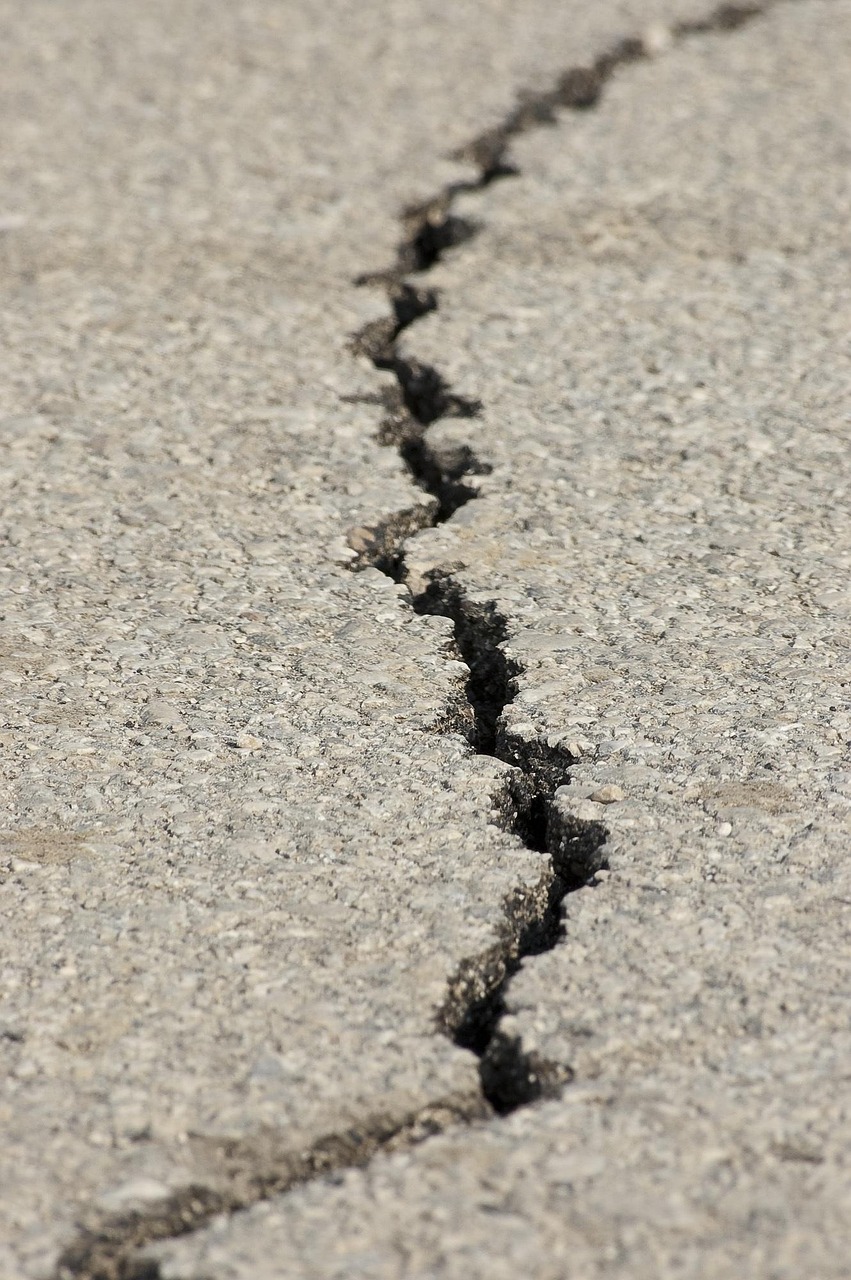
Monday’s swarm is among the most concentrated series of tremors in a single day for Morris County, making it a standout event for researchers and emergency planners alike. Beyond the geological and emergency management aspects, there’s also the emotional toll. For many residents, the day served as an unexpected reminder of nature’s unpredictability.
Morris County, New Jersey, typically known for its tranquil suburban charm, was shaken—literally—on Monday, July 22, 2025, when six minor earthquakes struck within a span of just 17 hours. The seismic swarm rattled residents, who reported loud booms, trembling furniture, and even startled pets, as the earth beneath the Randolph and Mendham areas refused to settle. The constant uncertainty throughout the day disrupted normal routines and left many feeling unsettled.
Scientific Monitoring and Data Collection
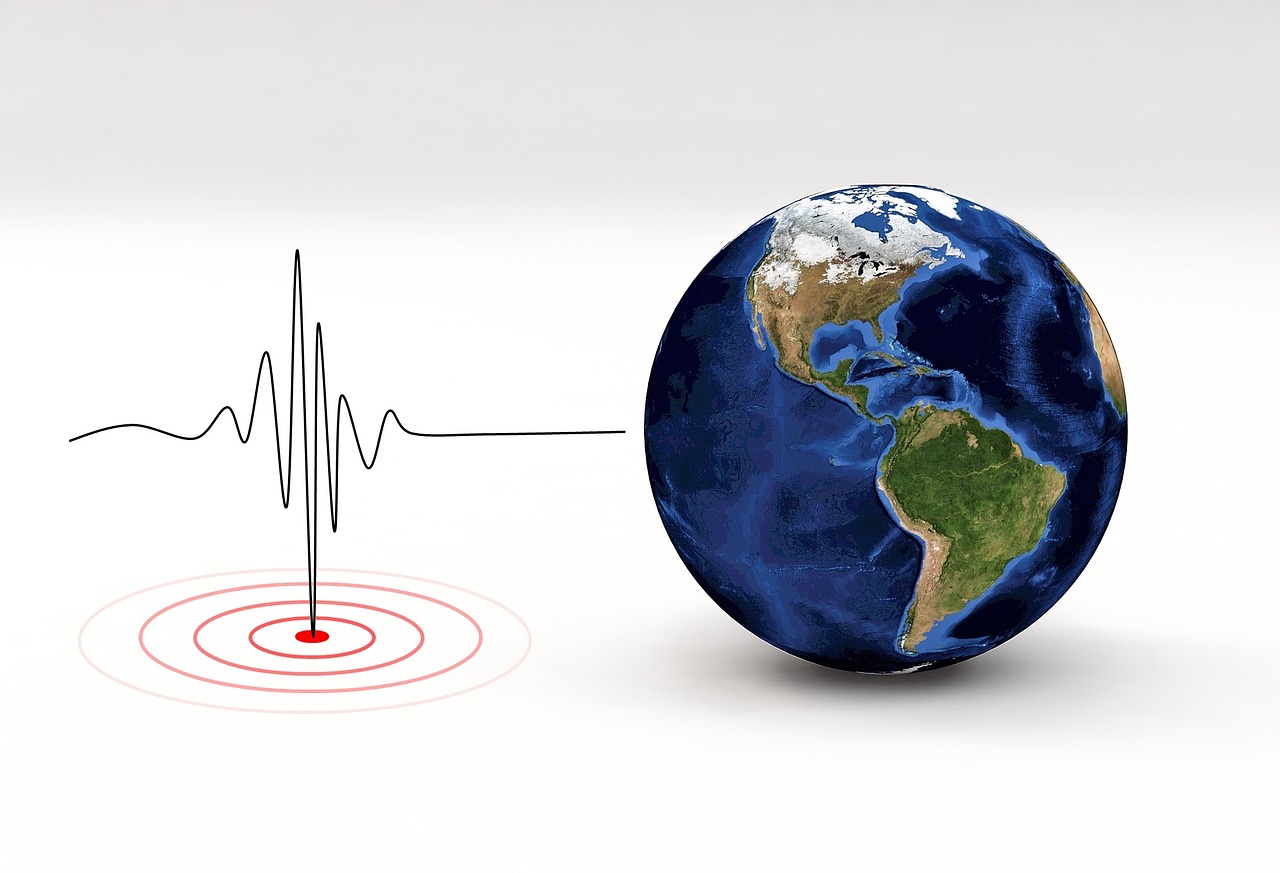
Typically, swarms do not culminate in a larger quake, but they are monitored closely just in case. Seismologists use events like these to gather valuable data about stress distribution and fault behavior in the region. The USGS and local authorities will continue to monitor the area for aftershocks or any indication of further seismic instability. Residents are encouraged to report any tremors they feel through the USGS “Did You Feel It?” online tool, which helps build accurate models of seismic activity distribution.
While a 2.0 magnitude earthquake is far below what is considered dangerous, its detectability and psychological impact make it worth studying. The USGS continuously updates its seismic monitoring systems across the Northeast, where tectonic activity is less frequent but not nonexistent. This data helps scientists better understand the region’s seismic patterns and potential risks.
Historical Context of New Jersey Seismicity
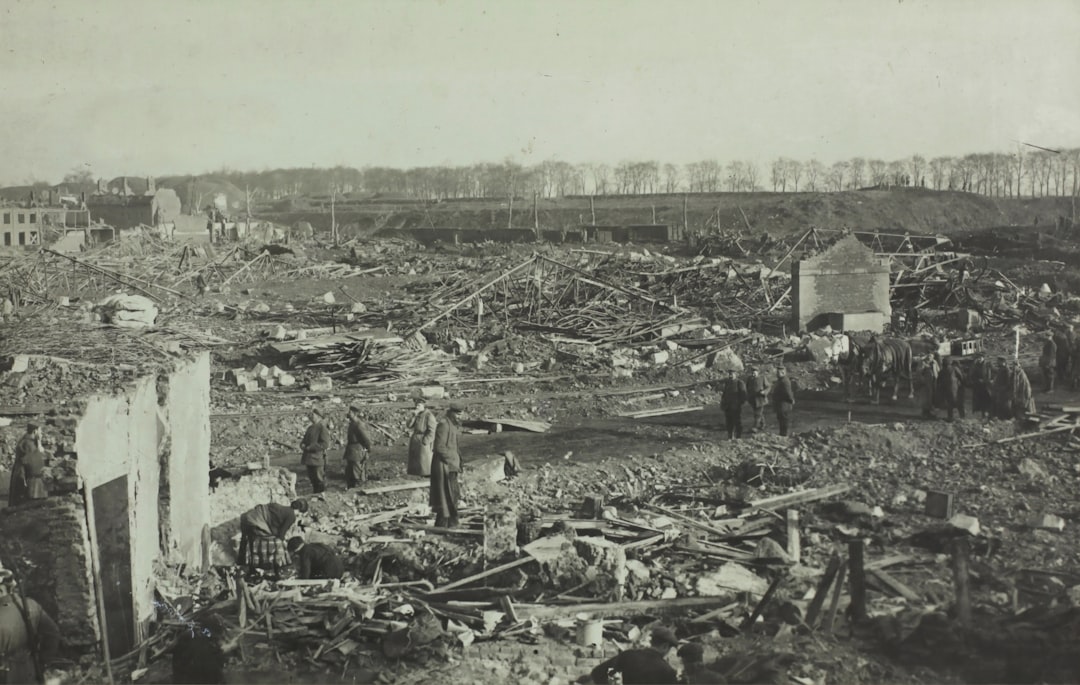
Based on data from the past 55 years and our earthquake archive back to 1900, there are about 33.8 quakes on average per year in or near Morris County, New Jersey, USA: Mag. 4 or higher: 0.13 quakes per year (or 1 quake every 7.7 years) Mag. 3 or higher: 0.29 quakes per year (or 1 quake every 3.4 years) Mag. 2 or higher: 1.93 quakes per year. This statistical context shows that while earthquakes do occur in the region, a concentrated swarm like this is unusual.
According to the USGS, this swarm is not directly related to the M4.8 earthquake that struck New Jersey on April 5, 2024. That event was followed by a typical aftershock sequence, unlike the behavior observed in the current swarm. This suggests that different geological processes were at work in generating Monday’s unusual seismic activity.
Preparedness Lessons for Residents

However, the event did act as a reminder of the need for earthquake preparedness—even in places where such disasters are rare. Basic steps like securing furniture, having emergency kits, and knowing safe spots in the home (like under sturdy tables or along interior walls) can help residents feel more prepared for future events, regardless of their likelihood.
Even though the quakes were minor, residents were right to contact emergency services if they felt unsafe or heard unexplained noises. The event highlighted the importance of community awareness and the value of reporting unusual geological activity to proper authorities.
Looking Forward: What This Means for Morris County
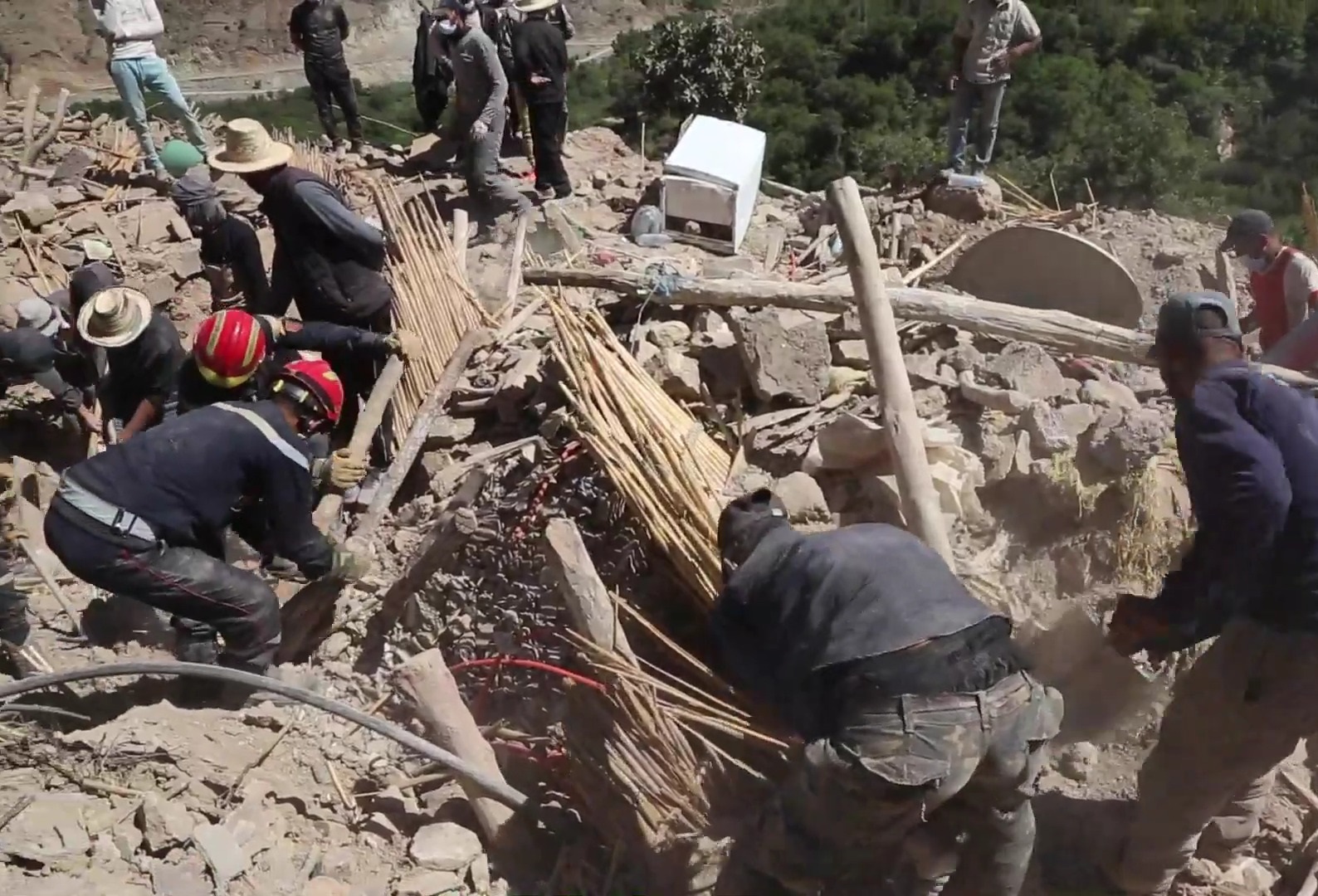
Monday’s swarm of six minor earthquakes may not have caused damage, but it certainly left a mark on Morris County. For many residents, it was a startling reminder that even regions deemed seismically stable are not immune to the forces of nature. From the shaking of couches to the echo of loud booms, these quakes disrupted the routine of daily life just enough to raise awareness and renew interest in the state’s geological makeup.
As the dust settles and seismic instruments go quiet—for now—New Jerseyans are left with one clear message: the ground beneath our feet is not as still as it seems. The July 21st earthquake swarm serves as a powerful reminder that geological activity can occur anywhere, even in the most unexpected places and times.

